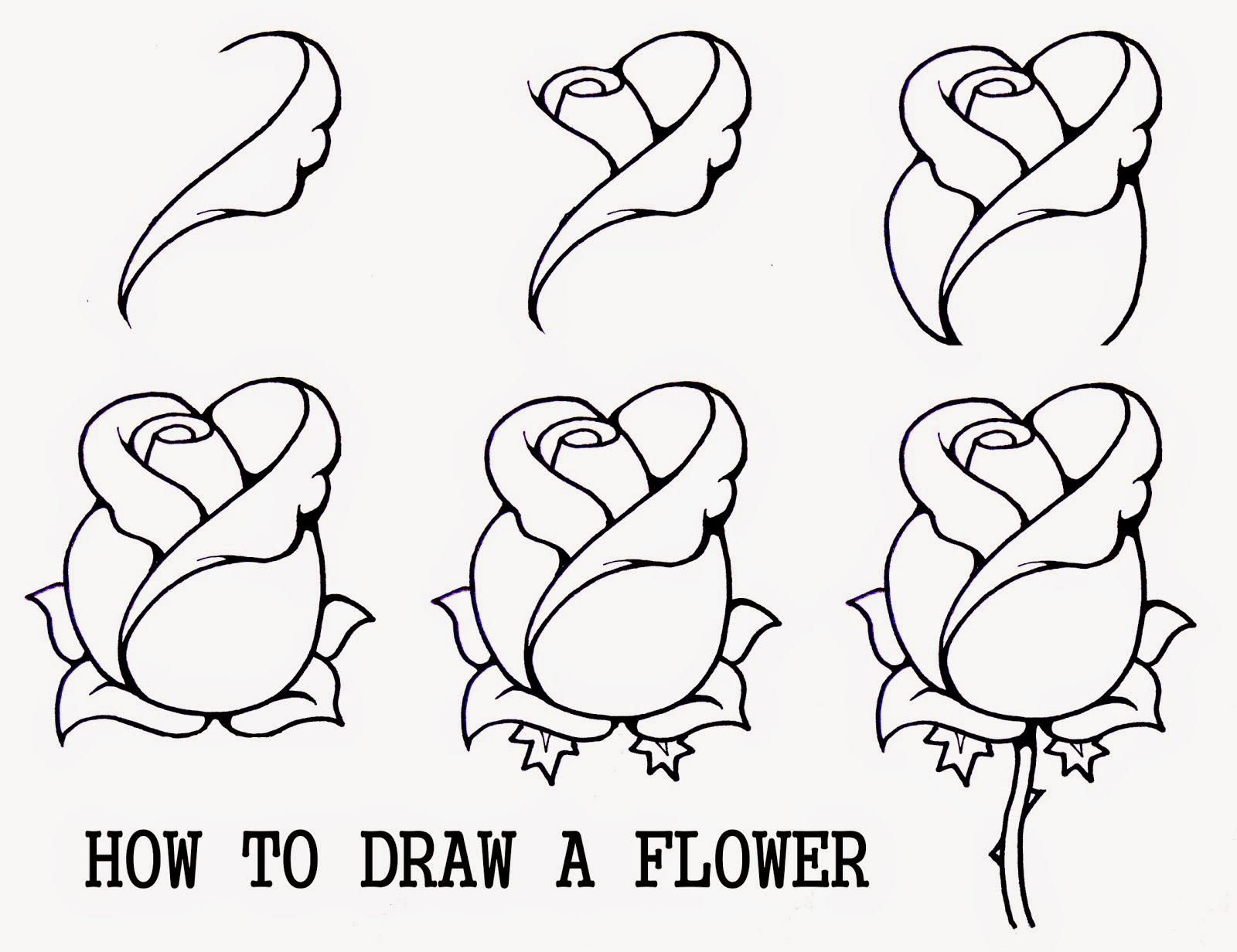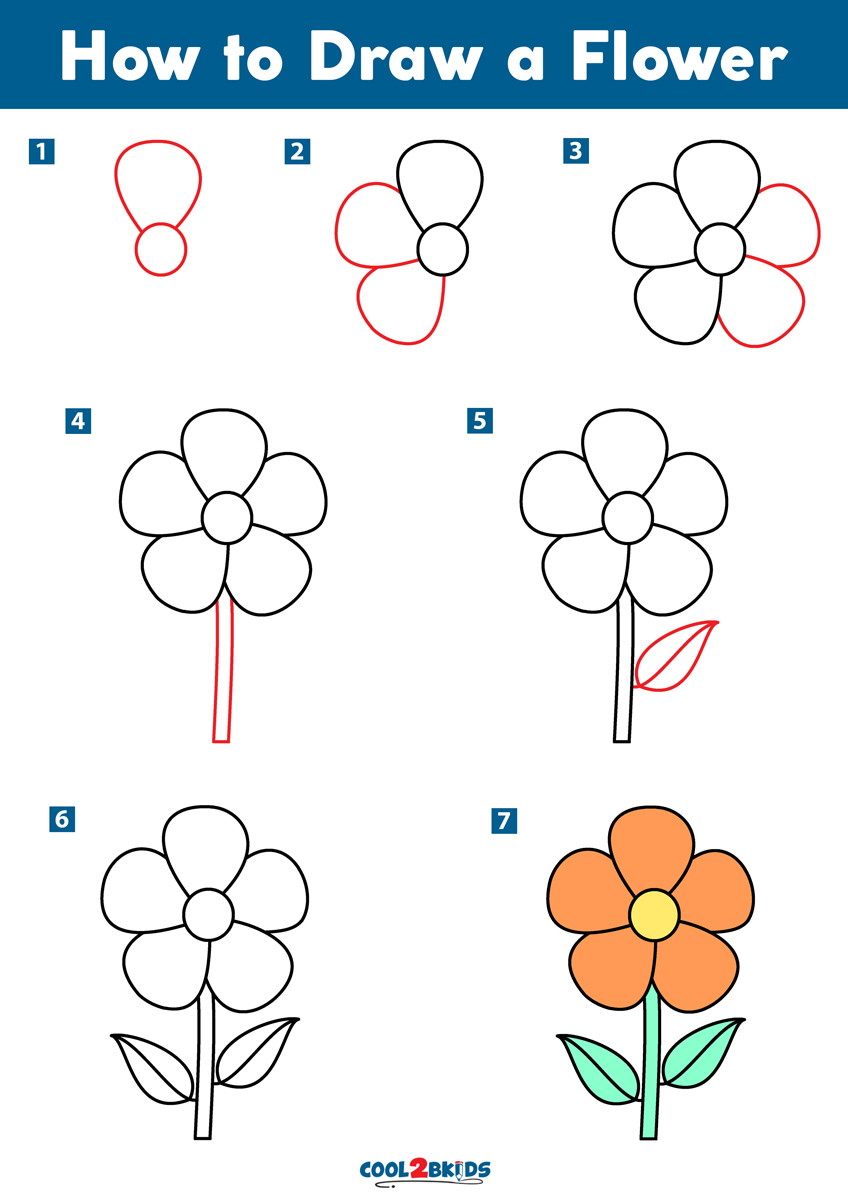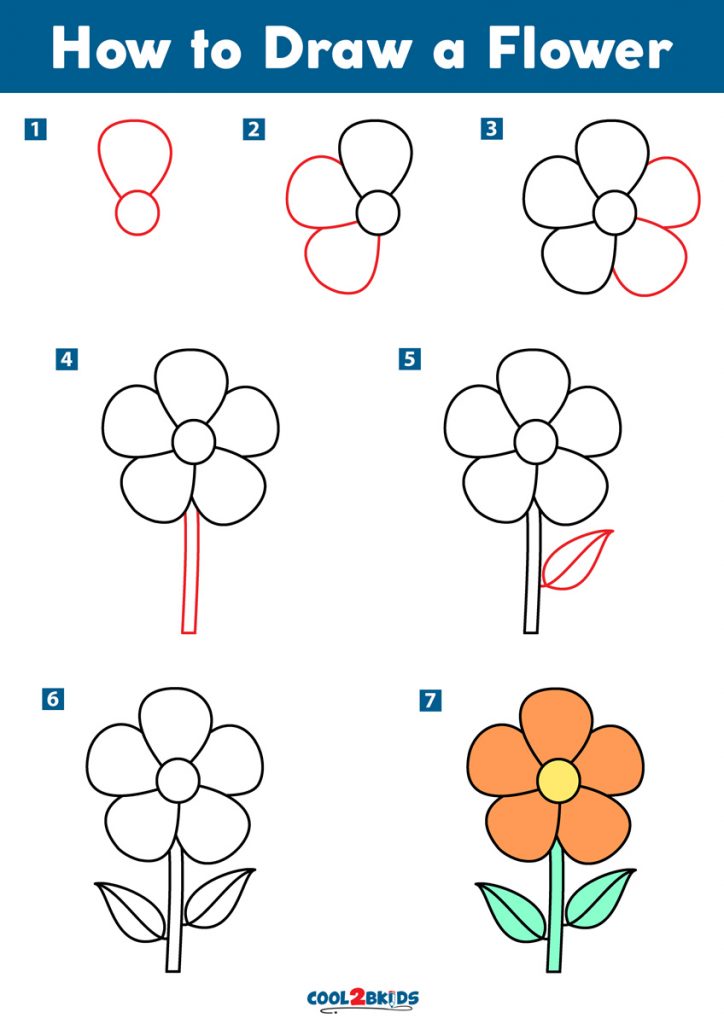Introduction
Learning how to draw flowers can be a fun and rewarding experience, especially for beginners. Whether you want to add a personal touch to your greeting cards or simply explore your artistic side, this step-by-step guide will help you create beautiful flower drawings. With practice and patience, you'll soon be able to capture the delicate details and vibrant colors of various flowers.
Gather Your Materials
Before you start drawing, gather the necessary materials. You'll need:
- Pencil (preferably a 2B or HB)
- Eraser
- Drawing paper or sketchbook
- Reference images of flowers
Choose Your Flower
Decide on the type of flower you want to draw. Start with simpler flowers like daisies or tulips, as they have basic shapes and are easier for beginners to replicate. Once you gain confidence, you can progress to more complex flowers.

Observation and Sketching
Take a close look at your reference image and observe the shapes and proportions of the flower. Start by lightly sketching the basic outline of the flower using simple geometric shapes. This will serve as the foundation for your drawing.

Add Details and Features
Once you have the basic outline, start adding details like petals, leaves, and stems. Observe the reference image carefully to replicate the texture and patterns of the flower. Use your pencil lightly and gradually build up the darker areas.

Focus on Shadows and Highlights
To make your flower drawing more realistic, pay attention to shadows and highlights. Observe where the light source is coming from in your reference image and shade the areas accordingly. This will add depth and dimension to your drawing.

Coloring Your Flower
Once you're satisfied with the pencil drawing, you can choose to add color to your flower. Colored pencils, watercolors, or markers can be used to bring your drawing to life. Start with lighter shades and gradually layer on darker colors for a more realistic effect.

Experiment with Different Flowers
As you gain confidence in drawing flowers, don't be afraid to experiment with different types of flowers. Each flower has its own unique shape, texture, and color, providing endless opportunities for artistic exploration.

Practice Regularly
Improvement comes with practice, so make drawing a regular habit. Set aside dedicated time each day or week to practice drawing flowers. The more you practice, the better you'll become at capturing the intricacies of flowers.

Conclusion
Drawing flowers can be a relaxing and enjoyable activity for beginners. With the right materials, observation, and practice, you can create stunning flower drawings. So grab your pencil, reference images, and let your creativity blossom!